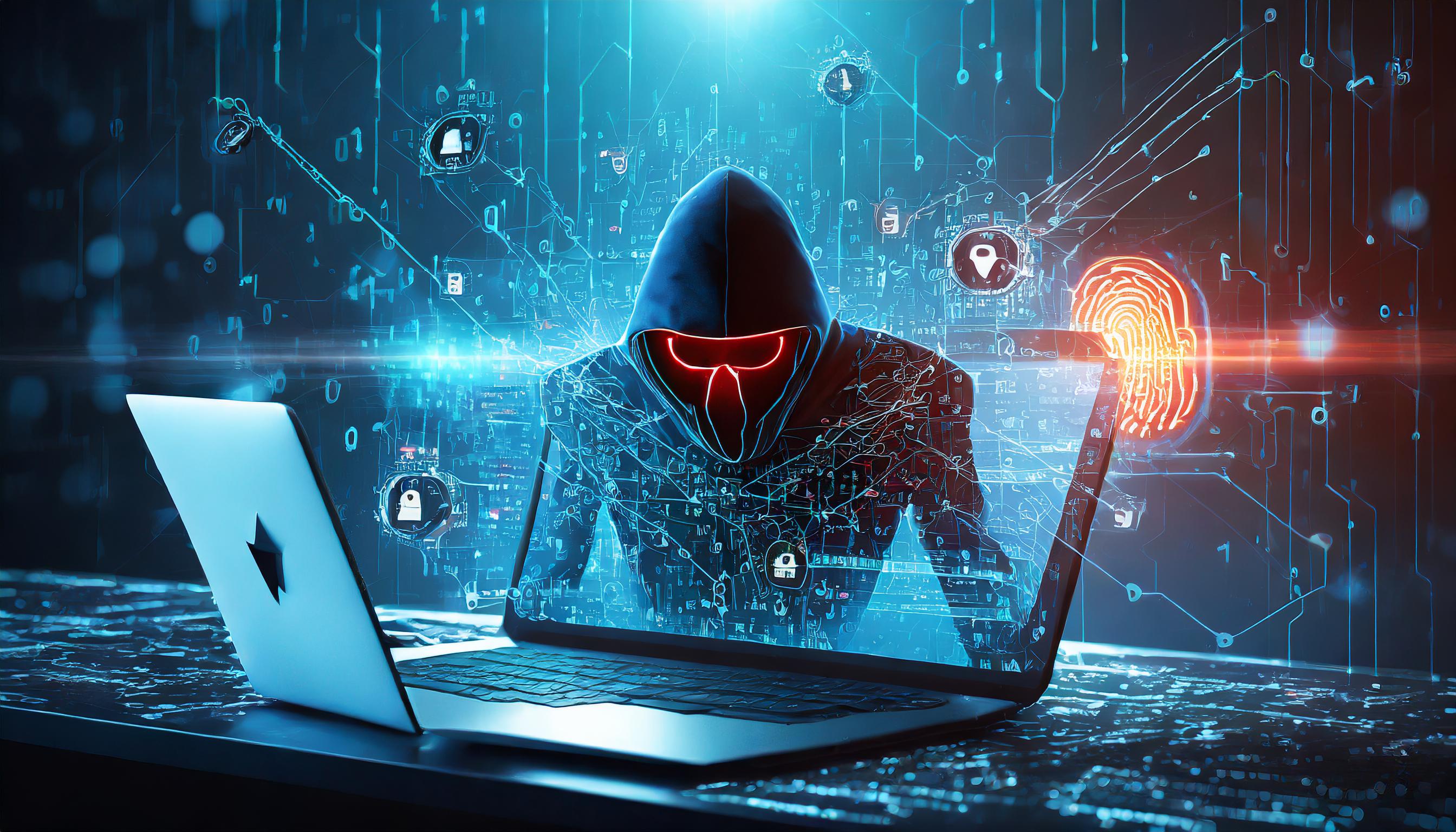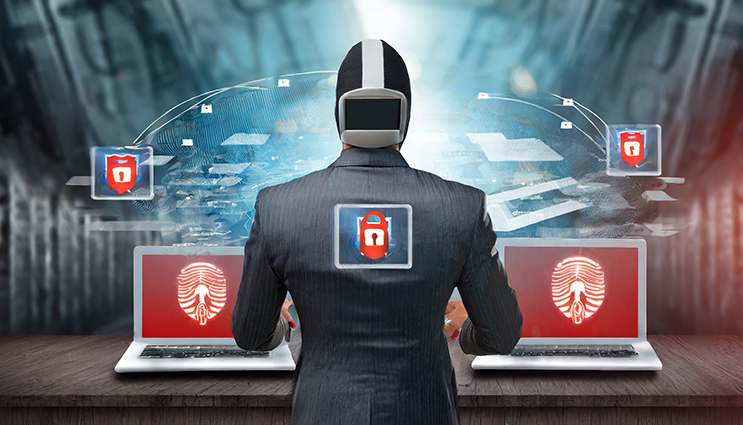
Threat actors are increasingly turning to artificial intelligence (AI) and generative AI technologies to launch cyberattacks against businesses.
Technology is always advancing, and AI represents the future of where technology is likely to head. AI is also a powerful force for good, with countless benefits on offer for society. But it’s also a technology which can be exploited by threat actors. The development of AI means more sophisticated attacks can be launched with more ease and cause more damage. Therefore, businesses need to be on their guard against these new attack methods.
Why is AI So Dangerous?
Creating malware and sending it out into the digital wild is a complex and time-consuming task for threat actors. AI and generative AI remove this obstacle by allowing threat actors to automate complex tasks and generate realistic content e.g. creating malware code automatically and writing realistic phishing emails without spelling mistakes. This means phishing emails, for example, have the potential to become much more engaging and dangerous.
Another area where AI can be subverted is within the realm of vulnerability detection. No longer do threat actors have to spend their time manually analyzing security systems to discover weaknesses. Instead, they can delegate this duty to AI tools which quickly and accurately scan data to highlight vulnerabilities e.g. checking for outdated operating systems and software. The threat actor will then know which vulnerabilities are available to target.
When it comes to generative AI, the potential for successful social engineering attacks is significantly enhanced. This is down to the emergence of deepfakes, a type of content which appears to be genuine but is 100% fake. Deepfakes can take the form of audio, video, and text content to deceive recipients into acting on any call-to-actions at the heart of the content. So, for example, a threat actor could generate a voice note which purports to be a senior executive requesting a password. Deepfakes are already disturbingly realistic, and their authenticity is only going to increase.
How Can You Stay Safe from AI?
The prospect of AI, in terms of cybersecurity attacks, is concerning, but it’s a threat which can be countered. For one thing, the very reasons why threat actors have adopted AI can also be adopted into your defenses. Anti-malware tools such as McAfee are now using AI technology to combat malicious AI-generated content. Additionally, threat detection systems can use AI to analyze traffic patterns and automatically highlight potential threats to your IT infrastructure e.g. recording new and unknown IP addresses accessing the network.
As phishing emails are one of the main beneficiaries of AI, it makes sense to strengthen your employee training in this area. Not only should this be an integral part of IT inductions for new staff, but solidifying this knowledge with regular refresher training is crucial for protecting your network. The effectiveness of this training can be evaluated by running random phishing email tests, whereby a ‘fake’ phishing email is randomly sent to staff to determine if they can identify the malicious nature of it.
For more ways to secure and optimize your business technology, contact your local IT professionals.
Read More












